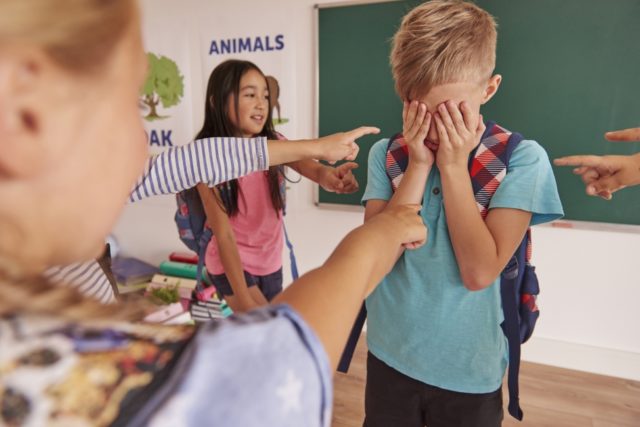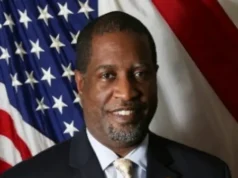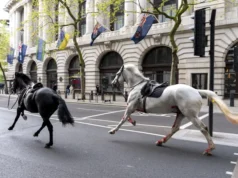
Whenever you put dozens of students together, the competitive spirit arises. The students start forming cliques. There’s the group of students who study a lot. These are the nerds and they always stick together.
There’s another group of strong students who can easily become bullies when they team up. Then there’s the group of weaker students, who feel like they don’t belong anywhere. These students are easy targets for the bullies.
A classroom is a nice place… as long as the teacher keeps it in order. But it may also become a place for harsh conflicts between cliques or individual students.
The teacher is not there just to give lectures. They have a role of a mediator as well. They have to address the impatience within the classroom. For that, they need specific conflict resolution methods that are proven to be effective.
- Monitor the Development of Team Projects
When you assign academic projects, you want the teams to be equal. You never put those who study in a single group and those who fall behind in another. That’s unfair. But no matter how much you try to balance out the groups, conflicts will occur. Some of the students will do more work. They will complain that the others didn’t do their part. Ideas will clash, too.
When the tasks are distributed and each student works on their own part, things go well. But when they bring all the pieces together during the editing process, conflicts arise. At this point, you want to monitor the process. If you see that they can’t find a middle ground, you can suggest a solution: “It’s okay. You did most of the work; now can help with analytical essay writing .”
But if you observe the development of the project through all its stages, you might not need to suggest such a drastic measure. You’ll help the team members do the work together.
- Ask Them to Write about the Conflict
In 2013, Teacher David Rockower shared an interesting experience for Education Week Teacher. There was a lot of bullying within his classroom and he struggled to find a solution to the situation. It was because the students wouldn’t share what was going on.
The teacher did something unexpected: he wrote a letter with his observations on the situation and he asked the students to respond to it.
The results were interesting. The students were inspired to write, and they held themselves accountable for improper behavior. The process of writing triggered their honesty to a level they would never achieve during an oral discussion.
- Allow Them to Cool Off before You Start Talking about the Situation
When you get in the middle of a conflict, your first strategy is to separate the students and let them calm down. Tell them that this will pass and they will be friends again.
During the cool-off period, you can talk about something completely different or go back to the lecture. When you’re ready to address the problem, they will think more clearly about it.
- Solve the Problems Together
During an active conflict, the individuals or groups will go to the teacher alone. In this situation, they only tell their side of the story, so the educator is at risk of becoming biased.
There’s a better way to do this: bring the conflicting sides together as soon as the argument cools off a bit. Ask them to express their feelings about what happened. Say something that will calm them down. If someone is guilty in this whole situation, try to bring them to their senses by explaining how they did wrong.
Don’t be overly harsh. You want the students to understand their mistakes and change their behavior. If you’re too rigid, they will only start hiding the improper behavior from you.
- Ask Them to Write a Journal
Journaling is an incredible reflective practice that helps us understand our own mistakes. Recommend your students write journals. No one will see what they write. Just ask them to be completely honest with themselves and reflect on the good and not-so-good things they did during that day.
As they write about the conflicts, they will start seeing their roles in them. During a conflict, we all think we’re innocent. But when we reflect on the situation after cooling off, we see it more clearly.
Are You Addressing Conflict Well Enough?
The teacher should never ignore heated situations in the classroom. That would lead to more dividing, more impatience, and more bullying. There are clear conflict resolution steps you can take, and you should start doing that as soon as possible.
The result will be a calmer classroom with students who are ready to support each other during the learning process. Who doesn’t want that?
As a teacher, you can’t achieve such an environment by dictating rules and yelling “Quiet!” all the time. You have to be a leader. The students will do what you say not because they are afraid of you, but because they respect you and they know you’re right.
BIO:
Frank Thompson is a writer, researcher, and editor who does a lot of freelance work while traveling the world. Education is his greatest passion. That’s why he never stops learning through experience and through online courses.












